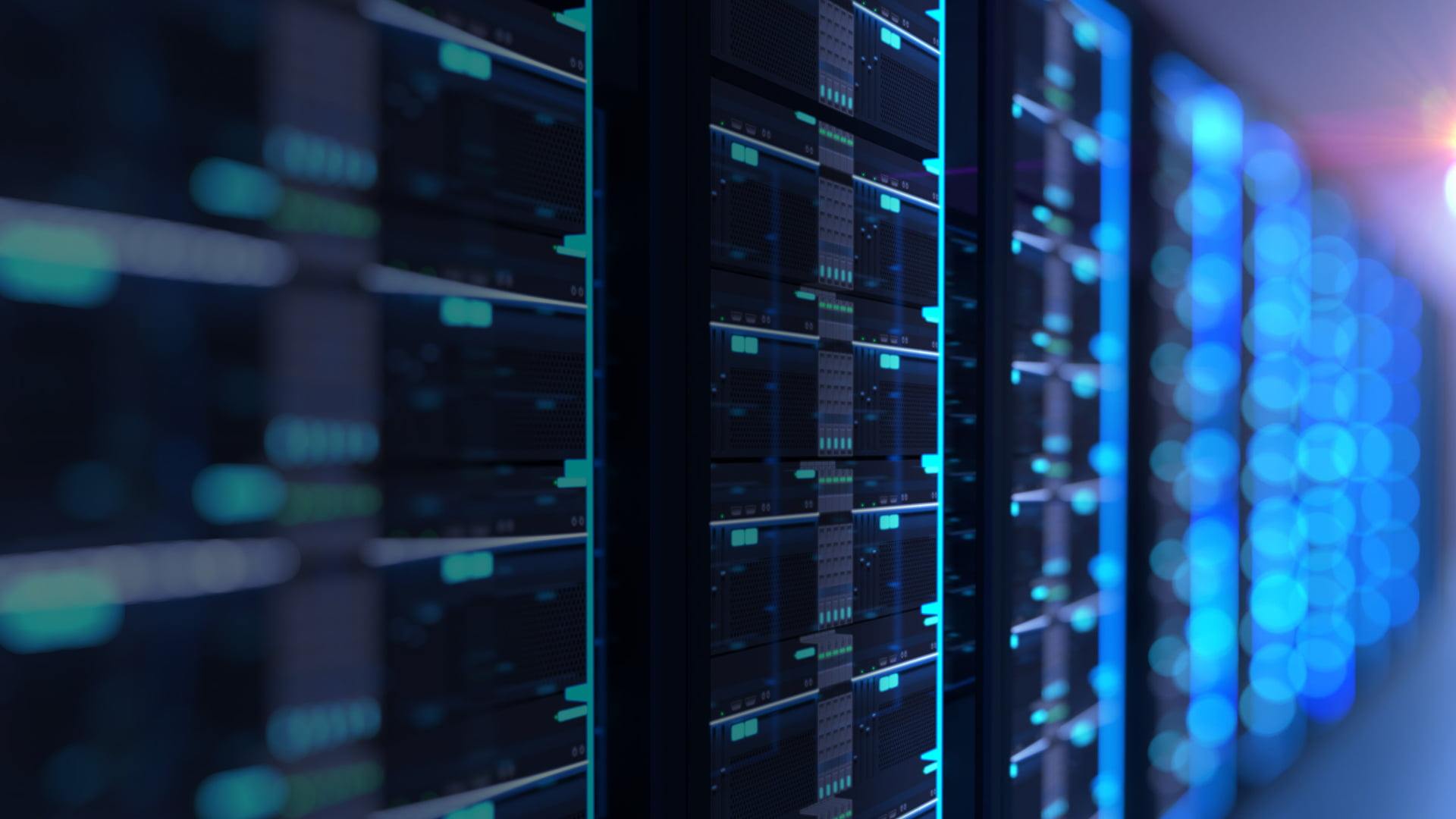
- Why Server Monitoring?
- Hardware Monitoring
- Application Monitoring
- Server Inventory Summary
Monitoring provides insight into the health of each server by assessing the status of the hardware, operating system (OS), and the applications the run on top of the OS. Systems administrators and network engineers rely on monitoring to alert them when predefined conditions arise. Common events that may trigger an alarm include:
- Available disk space falls below 20%
- CPU load is unreasonably high
- Mail queue/server is unacceptably slow
Enterprise monitoring plays a major role in detecting issues early and alerting the on-call systems administrator, who can then take the appropriate action. Early detection gives ample opportunity to react and take corrective measures before a problem escalates.
At HIPAA Vault, we selected Nagios as our monitoring system because it is enterprise-class and open source, with an active community of 250,000 users worldwide. It is a mature product with 10 years in the marketplace.
Servers are compromised of several vital components and each one is monitored closely. These include the hard drive(s) or disk array, CPU, RAM, network connectivity and the OS. Even the temperature of the server can be monitored to ensure optimal conditions are present. Nagios provides several threshold values – green for normal, orange for a warning and red for a critical condition.
Even a virtualized server can suffer from hardware related problems like a shortage in disk space, insufficient RAM and a network bottleneck. However, with HIPAA Vault virtualization, many times the solution is much more readily available since virtual hardware can be created and deployed more rapidly then with traditional, non-virtualized servers.
Although the hardware components of a server are vital, the client is preoccupied with the smooth operation of their mission critical applications, including Apache web services, email services, and ecommerce stores. At HIPAA Vault each application is monitored to ensure it is running. Also, key benchmarks of the application are often times monitored to ensure that the application is behaving as expected.
HIPAA Vault takes advantage of the Nagios monitoring by utilizing it to keep track of the growing number of devices on the network.It is easy to lose track of devices if they are omitted from the monitoring system, so it is considered ‘best practices’ to monitor all devices.
Monitoring is important for understanding the status or health of a system. System administrators create alerts that are triggered when a threshold value is reached. Alerts can be defined at two levels – warning or critical. An alert can serve as an early warning signal to the support staff that corrective action should be taken in order to avoid a larger problem. For managed customers, HIPAA Vault will set up comprehensive monitoring to ensure the continual monitoring of the health of each client?s systems.

 Download HIPAA Checklist
Download HIPAA Checklist






